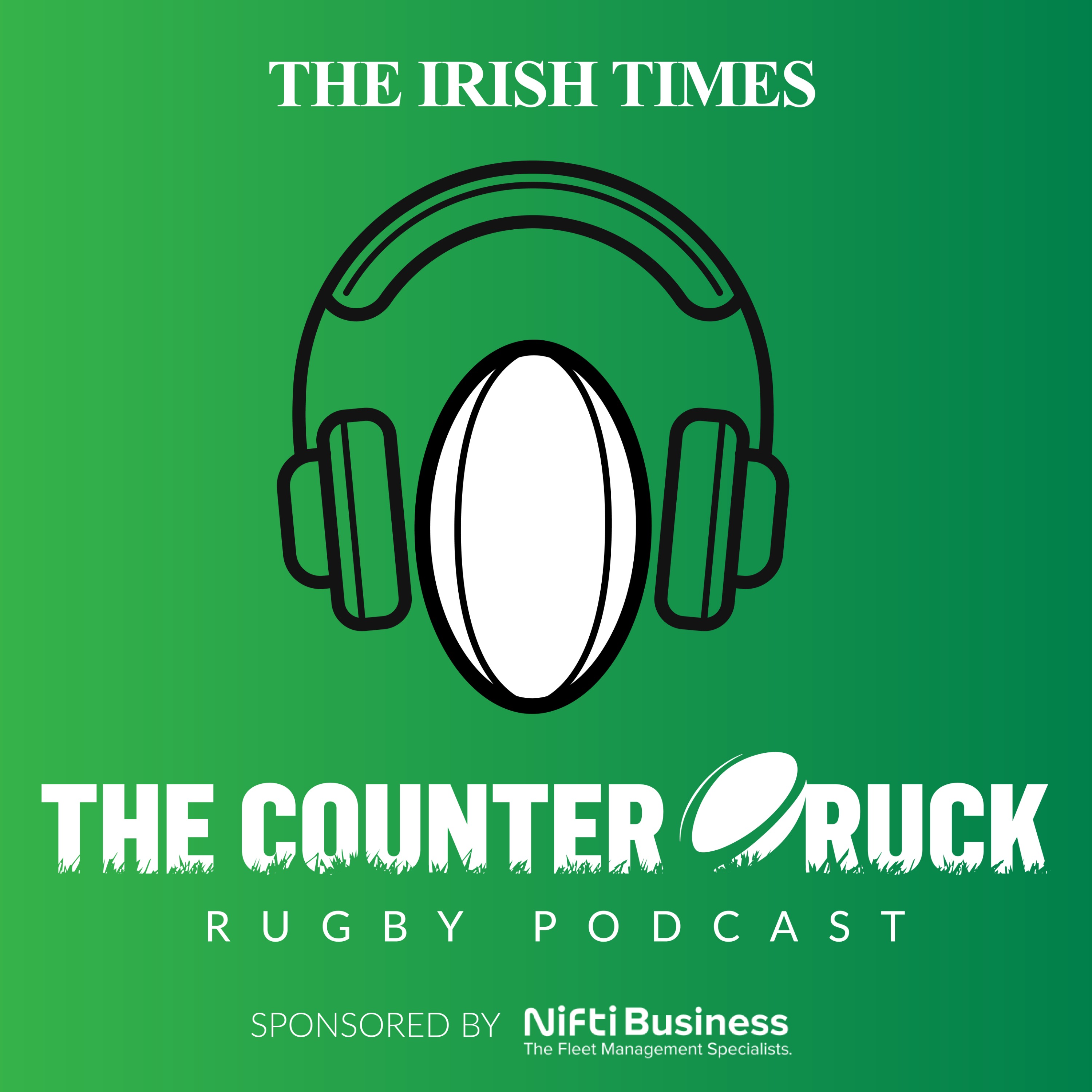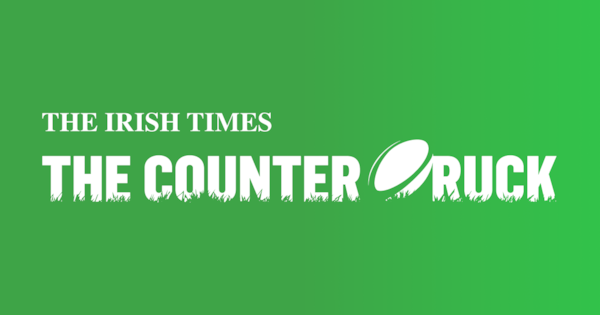That was the opening weekend that was, and a reminder that as annual tournaments or autumnal series or summer tours go, nothing quite matches the Six Nations. At the turn of the month, the bars were properly humming for the first time since the turn of the year, and, heavens above, even the Aviva was relatively vibrant.
Credit for that goes in some part to England. There’s a school of thought that they were again found wanting when Ireland upped the ante and the manner Steve Borthwick’s side subsided was in keeping with a run of two wins in their last nine Tests. Maybe that’s true.
Likewise, there’s a view among some Irish supporters that the first-half was a continuation of an underwhelming, error-prone Autumn Series and that they only found their true selves in the second period. Maybe that’s true too.

Are Ireland Six Nations favourites?
But there are alternative ways of looking at this. After all, this is the Six Nations. It’s Ireland v England. It shouldn’t be easy. England played well in that first half. They came with real purpose and a clearly defined plan. But ultimately those efforts took their toll in the second period, when so many of England’s defensive and attacking metrics fell away, such as nine dominant tackles before half-time, and only one afterwards.
Ireland’s more proactive use of a more impactful bench was another factor. But perhaps Ireland’s first-half performance also deserves more credit for it is one of rugby’s general truths that a superior team in the first period often doesn’t receive its rewards on the scoreboard until the second, and especially if they are the team passing the ball more and playing with more width.
Ireland’s first-half performance might have been reviewed somewhat differently had Rónan Kelleher’s try not been ruled out (correctly) and they’d led 12-10 at the break.
In any case, the degree to which Ireland were beginning to find holes in the English white line and, particularly, space on the edges as the first half progressed evidently gave the coaches and management plenty of encouragement to continue in this vein, with an instruction to be more precise.
Not wanting to be a hindsight hero, but maybe Ireland’s Autumn Series, on mature recollection, was also more beneficial for this team than has been generally acknowledged.
They were undercooked then so that Irish rugby could reap the benefits later in the season, and the players were much more battle-hardened for the Six Nations. And that series also marked the first block of games for four key members of the backroom staff, namely attack coach Andrew Goodman, the new head of athletic performance, Aled Walters, the new head physio, Hamish MacAuley and the new team doctor, Dr Stuart O’Flanagan.
Four new players were also blooded in Gus McCarthy, Thomas Clarkson, Cormac Izuchukwu and Sam Prendergast, all of which must have been enormously beneficial to them and the squad, as well as the lessons from that loss to the All Blacks, and the ensuing wins over Argentina, Fiji and Australia.
It helped this Irish team find a way against England in the absence of arguably the best coach in the world and, lest we forget, Ireland have won 23 of their last 24 matches at home. It wasn’t always like this. In fact, it was never remotely like this.
The investment in Prendergast in two Emerging Ireland tours and last summer’s tour of South Africa before being blooded in November is already reaping dividends. Compare and contrast with Marcus Smith. Their birthdays are less than a fortnight away but at 21, Prendergast is four years younger. This was just his third Test start and fourth cap. He has only started 13 of 25 games for Leinster. That means Prendergast has only started 16 senior games so far in his fledgling career. Smith was winning his 42nd cap for England. It was his eighth successive start. He has started 152 games for Harlequins.
Jack Crowley was excellent and there will be days when he starts and Prendergast will be obliged to finish the game but it’s time to see the bigger picture, with green-tinged glasses.
The opening round also sets things up nicely for next weekend, which could be the most competitive in this Championship. The winning margins in the three encounters last year – when they rounded off the Six Nations – were four, three and two points. It was the only round with three one-score games and the bookies make all of them one-score games again.
Murrayfield on Sunday is probably a tougher assignment for Ireland than any other game bar France, potentially, in round four. They certainly won’t meet a more motivated team than the dangerous Scots. Meanwhile, England are fighting to salvage their championship at home to France and Scotland in the next two weeks, akin to when they hosted Ireland in round four last season.
Italy are seven-point favourites at home to Wales, which is probably the shortest odds the Azzurri have ever been in their 127 Six Nations matches to date, which tells us much about Wales.
Dan Biggar has said it’s Wales’s most important game in the last 15 or 20 years. Erudite and eminently likable though Biggar is, it’s hard to argue it’s more important than a semi-final or quarter-finals in a World Cup, or a title decider. But, of course, his point being that if Wales lose it will be a 14th defeat in a row and a record eighth in the Championship, with games to come at home to Ireland, away to Scotland and at home to England.
The bravery of the Welsh backrow in Paris on Friday night only heightened the sorrow one felt at their plight, as did the officiating. Paul Williams’s 12-3 penalty count and breakdown interpretations were bad enough, and the law rules designed to give Antoine Dupont more space are one thing. But is he also allowed throw the ball three or four metres forward, as he did for Théo Attissogbé’s second try? Well, in the Stade de France, evidently so.
And what of the bunker review and 20-minute red card for Romain Ntamack, and the same for England’s Junior Kpoku in last Thursday night’s under-20 game in Cork? Not long ago both would have been straight reds. It’s simply an appalling look for the sport.
gerry.thornley@irishtimes.com















